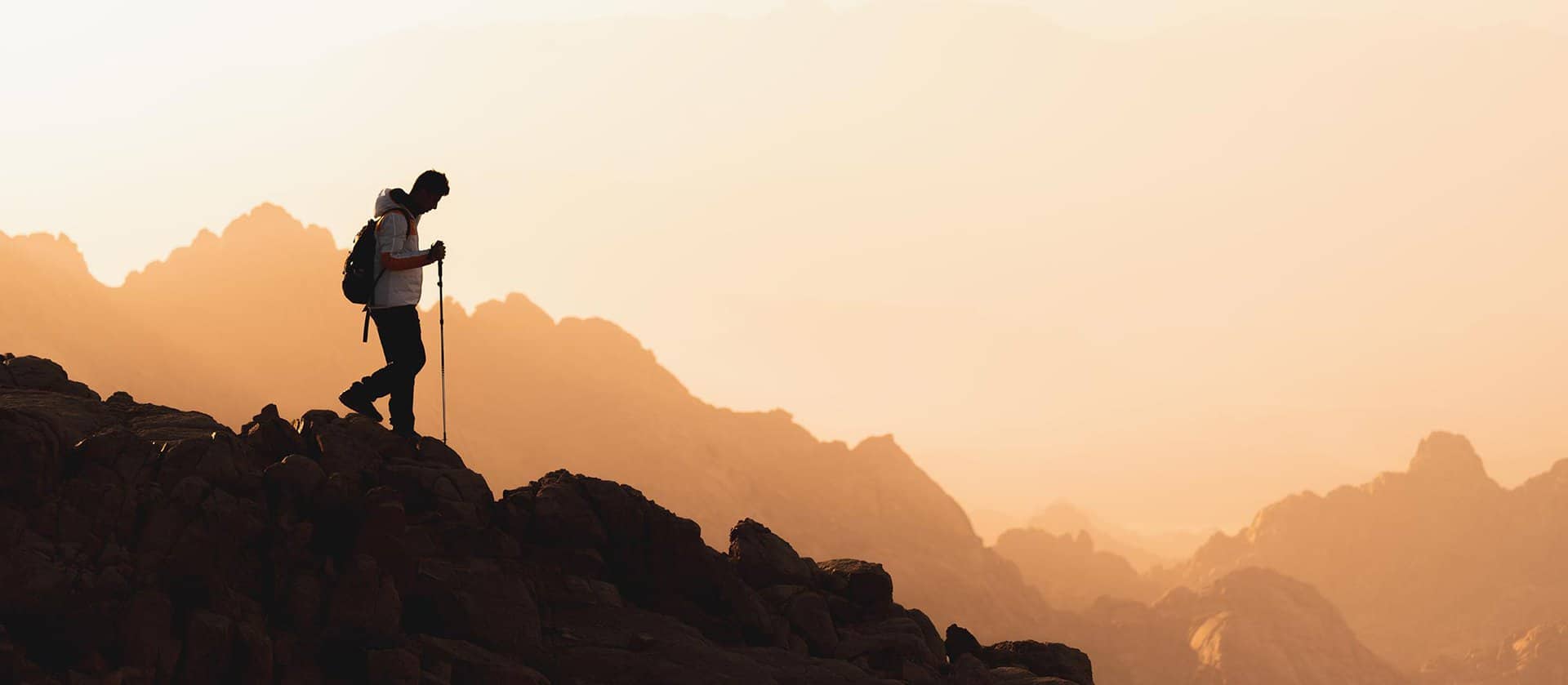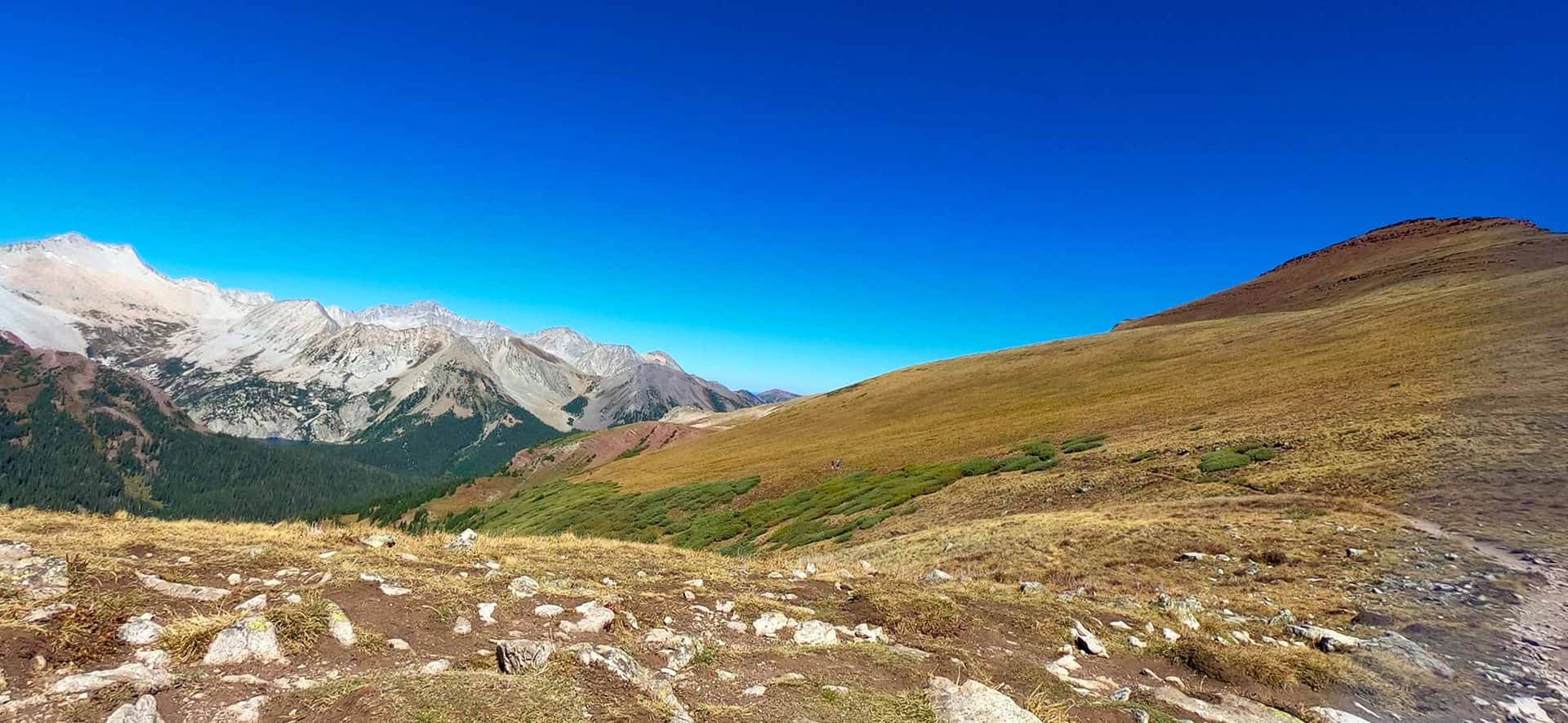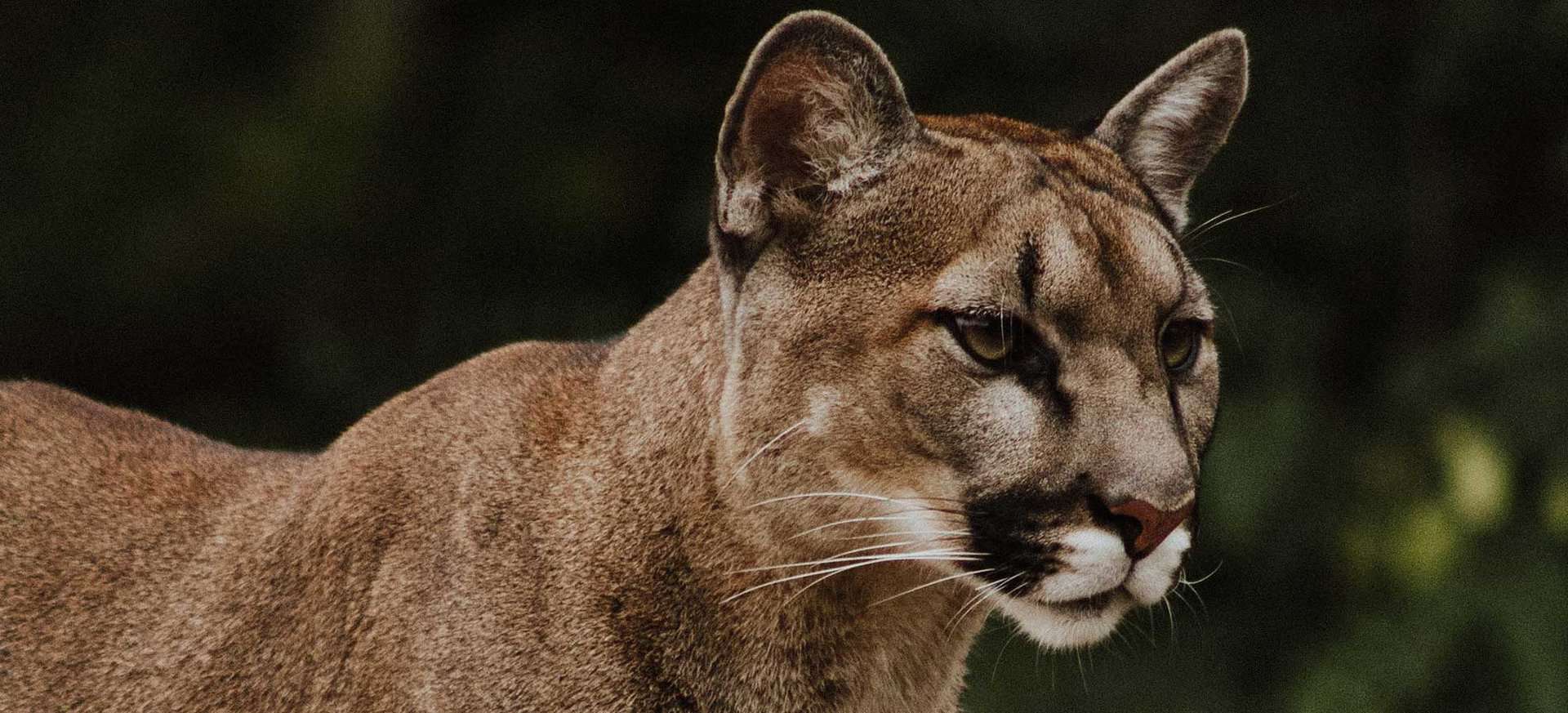A common problem that can quickly turn a memorable hike into an uncomfortable experience is blisters. I’ve hiked hundreds of miles, and rarely get blisters. Follow these tips and you should be able to do the same. And if you do get a blister from a new pair of boots or just a long slog on a rainy day, I’ll detail how to care for them so that they don’t drive you crazy.
Preventing Blisters While Hiking
- Choose Proper Footwear:
- Break-in Your Footwear:
- Moisture-Wicking Socks:
- Double-Layer Socks:
- Sock Liners:
- Trekking Poles:
- Treat Hot Spots Immediately:
Investing in the right footwear is crucial for preventing blisters. Consider the following tips:
Ensure a Proper Fit – Ill-fitting shoes are a recipe for blisters. Visit a reputable outdoor store to get properly fitted for hiking shoes or boots. Ensure there is enough room in the toe box to prevent friction. At REI you’ll find this fake rock you can hike on. Get up on that plastic thing and hike downhill to see if the tips of your toes hit the front of the boot. If that’s the case, then you need a size up. Spend good time with the salesperson, most of them (at REI) really know their stuff.
Tip: look for the 50+ sales guy with a ponytail. That guy always seems to really know his boots. I’m being silly, but I’m serious.
Before embarking on a long hike, wear your new hiking shoes or boots around the house or on short walks to break them in. This will help mold them to your feet and minimize the risk of blisters. Take the boots back if they’re not working. That’s why I buy all my boot at REI–I get the guarantee. I once bought a pair of won’t-mention-the-brand that got wet and shrunk significantly. I exchanged them for a pair that I’ve worn for over ten years now.
Opt for moisture-wicking socks made of synthetic or wool materials that can effectively manage moisture and reduce friction. I love Darn Tough socks and the REI brand is solid as well. I’m super picky with my socks, and wear Columbia hikers most days.
Consider wearing double-layer socks, where the inner layer stays snug against your skin and the outer layer moves with your shoes, reducing friction. This works for some people and not others. It all depends on your foot shape, size, and how much room you’ve got in your boot. I’m a bigger fan of liners.
Sock liners can be worn underneath regular hiking socks to reduce friction between your toes and minimize blister formation. I will wear liners on longer backpacking trips and demanding dayhikes. They were a must (and thrown away) after a day trip to the bottom of the Grand Canyon and back hike.
If I could add an 11th and 12th essential to the 10 Essentials, it would be a down jacket and trekking poles. Trekking poles take insane amounts of pressure and shock off of your feet and knees.
If you feel a part of your foot getting hot and irritated, stop. Take a break and slap some athletic tape on that part of your foot. Moleskin and blister patches also are great solutions.
If you practice these basics, you’ll rarely get to the place where you have a blister. But, if and when you do…
How to Treat Hiking Blisters
- Blister Drainage:
- Proper First-Aid:
- Rest and Recover:
If a blister forms, it’s essential to drain it properly to expedite healing. Use a sterilized needle or blade to create a small hole near the edge of the blister and gently press out the fluid. Apply an antiseptic and cover the blister with a sterile bandage. I carry a needle in my first-aid kit, but a sharp knife (sterilized with a lighter) will do. Just be careful not to cut yourself.
Don’t cover the blister. You can do this temporarily with hot spots, but your blister needs to breath.Create a raise surface around the blister with moleskin or use a blister patch. Get some antibiotic cream on the blister to keep it from getting infected.
If you develop blisters during a hike, give yourself some recovery time. Ignoring blisters and pushing through the pain can lead to more significant problems and longer healing times. Get your feet dry by wearing camp shoes or sandals to let your skin dry. And get some rest.
By implementing these effective strategies for preventing blisters and following proper blister care, you can minimize discomfort and continue enjoying the wonders of hiking. Remember to invest in proper footwear, manage moisture and friction, take regular breaks, and practice good foot care. With these proactive measures, blisters will no longer hold you back from exploring breathtaking trails and experiencing the joy of hiking. Happy trails and blister-free adventures!
Aaron Johnson has been hiking in Colorado for over 20 years. The owner and editor of Dayhikes Near Denver, Aaron writes every trail profile as a local guide who has hiked hundreds of miles of trails along the Front Range and deep in the Rocky Mountains of Colorado.




